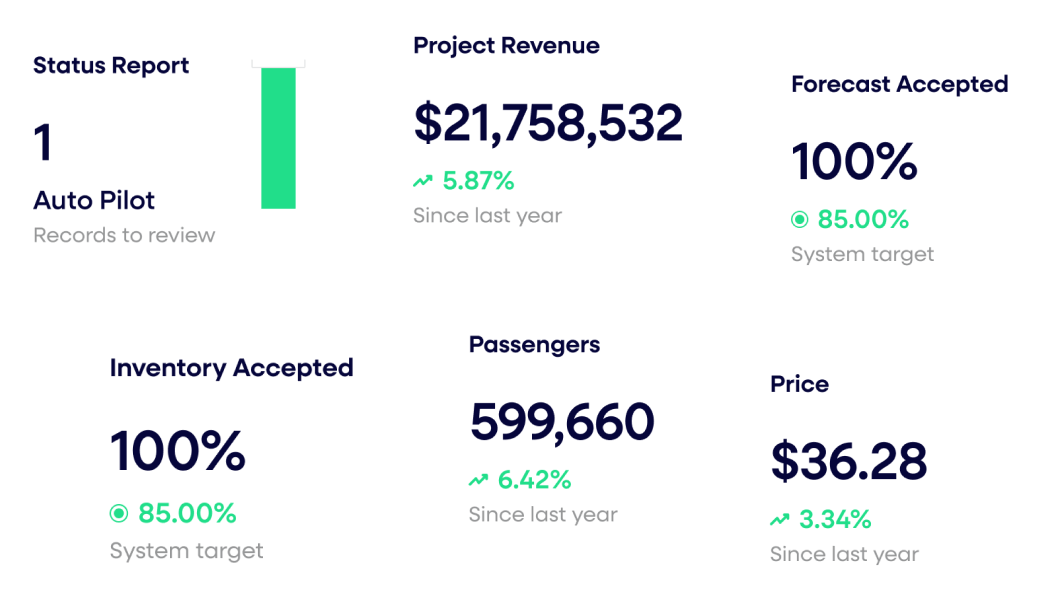5 Practical Ways AI is Delivering Value in Pricing for Industrial Companies

AI is everywhere in the headlines, but many midmarket industrial companies—especially those backed by Private Equity—are still asking: Where does this actually move the needle for us? While hype often overshadows real-world impact, we’re seeing meaningful results when AI is applied to specific, practical problems in pricing.
Here are five areas where AI is already proving its value:
- Mapping and Cleaning Siloed, Messy Data
Most industrial companies struggle with fragmented data: ERP systems that don’t talk to each other, inconsistent product codes, and incomplete customer records. AI tools can rapidly reconcile these silos, spot anomalies, and standardize inputs—creating a reliable foundation for pricing analysis without months of manual data wrangling.
- Segmenting Customers by Willingness to Pay
Traditional segmentation often relies on broad categories like industry or geography, which miss critical nuances. AI can detect subtle buying patterns, behaviors, and sensitivities that signal different willingness to pay. This allows for more targeted price strategies—capturing value from customers willing to pay a premium while staying competitive for price-sensitive segments.
Leverage your content to achieve stronger revenue outcomes
- Continually Refining Price Guidance Based on Customer Response
Static pricing models can’t keep up with fast-changing market conditions. AI enables a feedback loop: as customers respond to quotes or price changes, models learn what’s working and what’s not. Over time, this means price guidance gets sharper—helping sales teams win more deals without leaving margin on the table.
- Turning Data Trends Into Clear, Actionable Insights
Executives don’t need more dashboards—they need clarity. AI excels at synthesizing vast data sets into straightforward recommendations: which products to adjust, where margins are eroding, which customers to prioritize. This bridges the gap between analytics and action, ensuring decision-makers can quickly align on next steps.
- Making Data Accessible Through Natural Language Queries
Complex SQL queries and BI training are barriers for many commercial teams. With AI, users can ask plain-language questions—“What’s our average margin by product line in the Southeast?”—and get accurate answers instantly. This democratizes data access, empowering more stakeholders to engage with insights without relying on analysts.
The Bottom Line
For midmarket industrial companies, AI isn’t about science fiction—it’s about solving the persistent pricing challenges that drain margin and slow growth. By cleaning data, sharpening segmentation, refining price guidance, clarifying insights, and opening access through natural language, AI is already helping companies unlock measurable value.
The companies embracing these applications today are gaining an edge—both in portfolio performance and in building the commercial maturity that drives long-term growth.
Last updated on October 6, 2025






